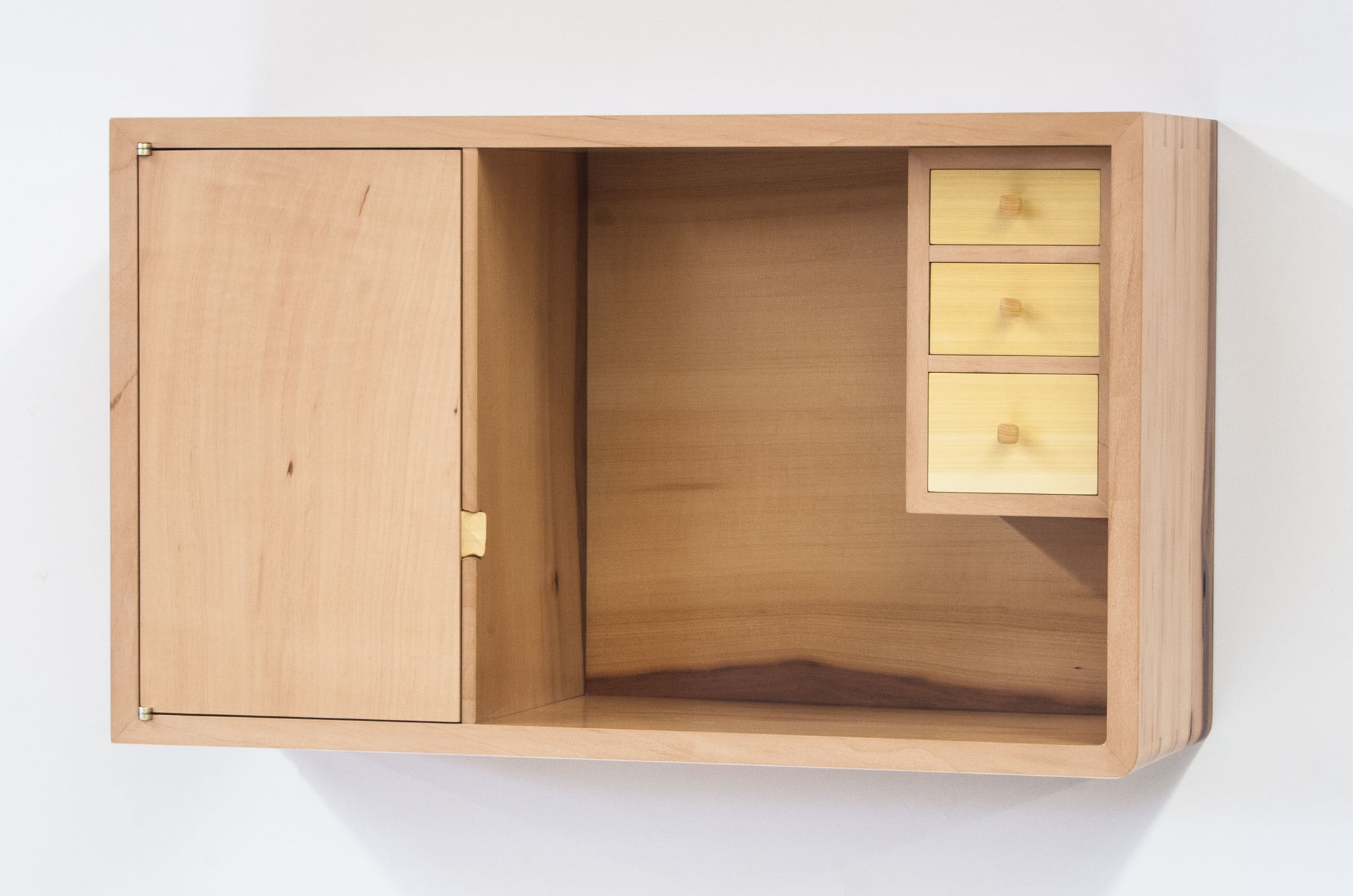Maintenance and Care of Lockable Wooden Wall Cabinets

Yo, Surabaya peeps! Got that sweet lockable wooden wall cabinet? Keepin’ it fresh and functional is key, especially if you’re storing your prized kicks, limited edition manga, or whatever else you’re hiding from your parents. Proper maintenance is the real MVP here, so let’s level up your cabinet game.
Cleaning and Maintaining Different Wood Finishes
Different wood finishes need different TLC. Think of it like this: your Jordans need a different cleaning routine than your grandpa’s leather boots. For example, a cabinet with a natural wood finish, maybe a nice teak or mahogany, needs a gentle approach. Dust regularly with a soft cloth – think microfiber, it’s your best friend. For tougher grime, a slightly damp (not soaking wet!) cloth is fine, followed by a thorough dry. Avoid harsh chemicals or abrasive cleaners; they’ll strip the finish and leave your cabinet looking sad. For lacquered or varnished finishes, the same gentle approach works, but you have a bit more leeway. You can use a slightly more aggressive cleaner if needed, but always test it in an inconspicuous area first. Avoid excessive moisture, though – nobody wants a warped cabinet. Oil-based finishes, like those sometimes found on more rustic cabinets, need an occasional oiling with a high-quality furniture oil. This keeps the wood hydrated and looking its best. Follow the oil’s instructions carefully.
Common Problems and Solutions, Lockable wooden wall cabinet
Let’s be real, stuff happens. Sometimes, locks stick, or maybe your little sibling (or you, let’s be honest) accidentally dents the wood. Sticking locks are a common problem. Often, a little lubrication with a graphite-based lubricant (like a pencil!) or a specialized lock lubricant will do the trick. Avoid WD-40 – it can actually gum things up over time. For damaged wood, depending on the severity, you might be able to carefully sand down minor scratches and reapply a touch-up varnish or stain. For more serious damage, you might need to consult a professional. Don’t try to DIY a major repair if you’re not sure what you’re doing – you could end up making things worse. Preventing damage is always better than fixing it.
Lubricating the Lock Mechanism
Keeping your lock smooth and snag-free is a total game changer. First, identify the type of lock you have – a simple latch, a key lock, or something more complex. A simple latch might just need a drop of lubricant on the moving parts. For a key lock, you’ll need to be more precise. Use a small amount of graphite lubricant or a specialized lock lubricant, applying it directly to the keyhole and the bolt mechanism. Work the key in and out several times to distribute the lubricant evenly. Wipe away any excess lubricant to prevent dust and grime from sticking. Do this regularly, maybe once every few months, depending on how often you use the cabinet. This simple step will save you from frustration and extend the life of your lock. Trust me, a smooth-operating lock is way more satisfying.
